
CPC Certification for Baby Crawling Mats on Amazon
When selling baby crawling mats on Amazon and TEMU platforms, they must meet the U.S. CPC (Children's Product Certificate) requirements. Below are the specific requirements and steps for CPC testing of baby crawling mats:
Overview of CPC Certification
CPC certification is mandated by the U.S. Consumer Product Safety Act (CPSA), which requires manufacturers and importers of children's products to provide a written Children's Product Certificate (CPC) based on the results of laboratory tests conducted by a CPSC (Consumer Product Safety Commission) recognized laboratory. This certificate confirms that the product complies with applicable children's product safety regulations.
CPC Certification Testing Items
According to search results, the CPC certification for baby crawling mats requires the following tests:
1. Physical Performance Testing: Tests the size, thickness, weight, and other physical properties of the baby crawling mat to ensure it meets relevant standards and regulations.
2. Flammability Testing: Tests the flammability of the baby crawling mat to ensure it is not easily ignitable and can provide sufficient safety for babies.
3. Chemical Performance Testing: Tests for chemicals in the baby crawling mat, such as heavy metals, phthalates, etc., to ensure compliance with relevant standards and regulations.
4. Harmful Substance Testing: Tests for harmful substances in the baby crawling mat, such as formaldehyde and lead, to ensure compliance with relevant standards and regulations.
5. Structural Stability Testing: Tests the structural stability of the baby crawling mat to ensure it does not easily deform or break during normal use.
6. Abrasion Resistance Testing: Tests the abrasion resistance of the baby crawling mat to ensure it does not wear out or get damaged easily during use.
7. Antibacterial Performance Testing: Tests the antibacterial properties of the baby crawling mat to ensure it does not harbor bacteria or odors during use.

CPC Certification Process
1. Provide Samples: Prepare the baby crawling mat samples for testing, with the number of samples required determined by the testing agency.
2. Fill Out Application Form: The applicant needs to complete the CPC certification application form, providing information about the baby crawling mat product to be certified.
3. Confirm Testing Standards: Confirm the testing standards the baby crawling mat must comply with, such as 16 CFR 1610/CPSIA, etc.
4. Confirm Testing Contract: Confirm the testing contract and pay the testing fees.
5. Laboratory Testing: Send the samples to a CPSC-recognized laboratory, such as the JJR Lab in China, for testing.
6. Pass Testing: If the baby crawling mat samples pass all tests, the laboratory will issue a test report.
7. Issue CPC Certificate: Based on the test report, issue the CPC certificate.
CPC Certificate Contents
The CPC certificate must include the following information:
1. Product information (name and description)
2. Relevant regulations and clauses the product complies with
3. Information of the importer or manufacturer (in the U.S.), including name, address, and phone number
4. Contact information of the person holding the supporting test results: name, address, email, and phone number
5. Product production date and address, with the production date specified by month and year, and the address specified by city
6. Testing time and address, or the test report upon which the certificate is based
Notes
- Regulation Updates: CPSIA and related standards are constantly updated, and businesses need to stay informed about the latest regulatory requirements.
- Professional Agencies: Choose a CPSC-recognized third-party testing agency for CPC certification to ensure the authority and accuracy of the test results.
By following these steps, baby crawling mat products can meet the CPC certification requirements and be successfully sold on Amazon and TEMU platforms.
Email:hello@jjrlab.com
Write your message here and send it to us
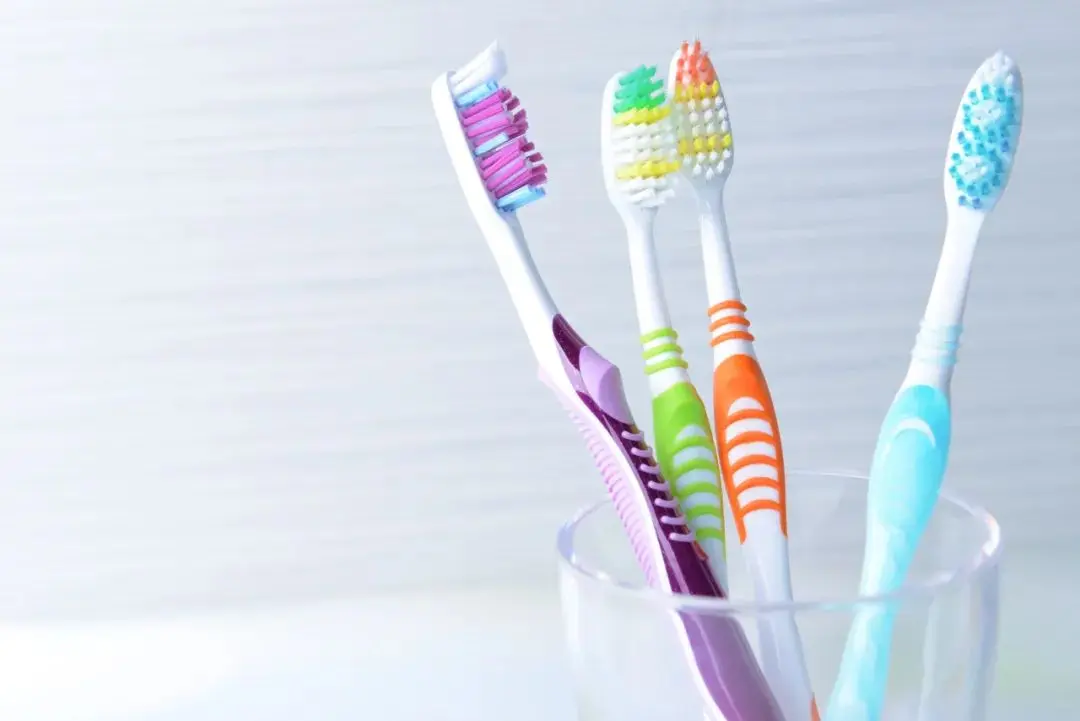 Toothbrush FDA Certification Testing
Toothbrush FDA Certification Testing
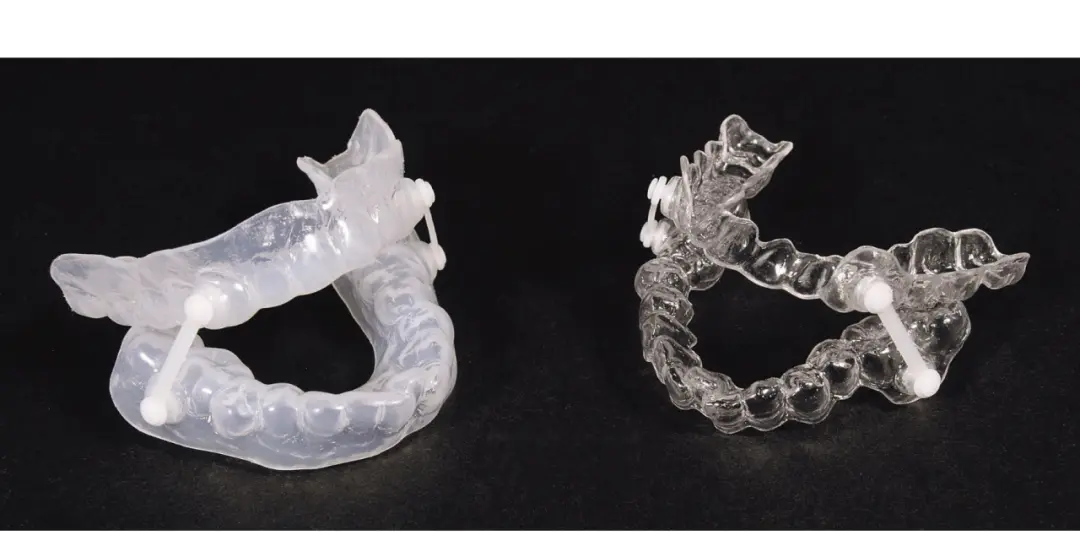 Snoring Device FDA 510k Standard Testing
Snoring Device FDA 510k Standard Testing
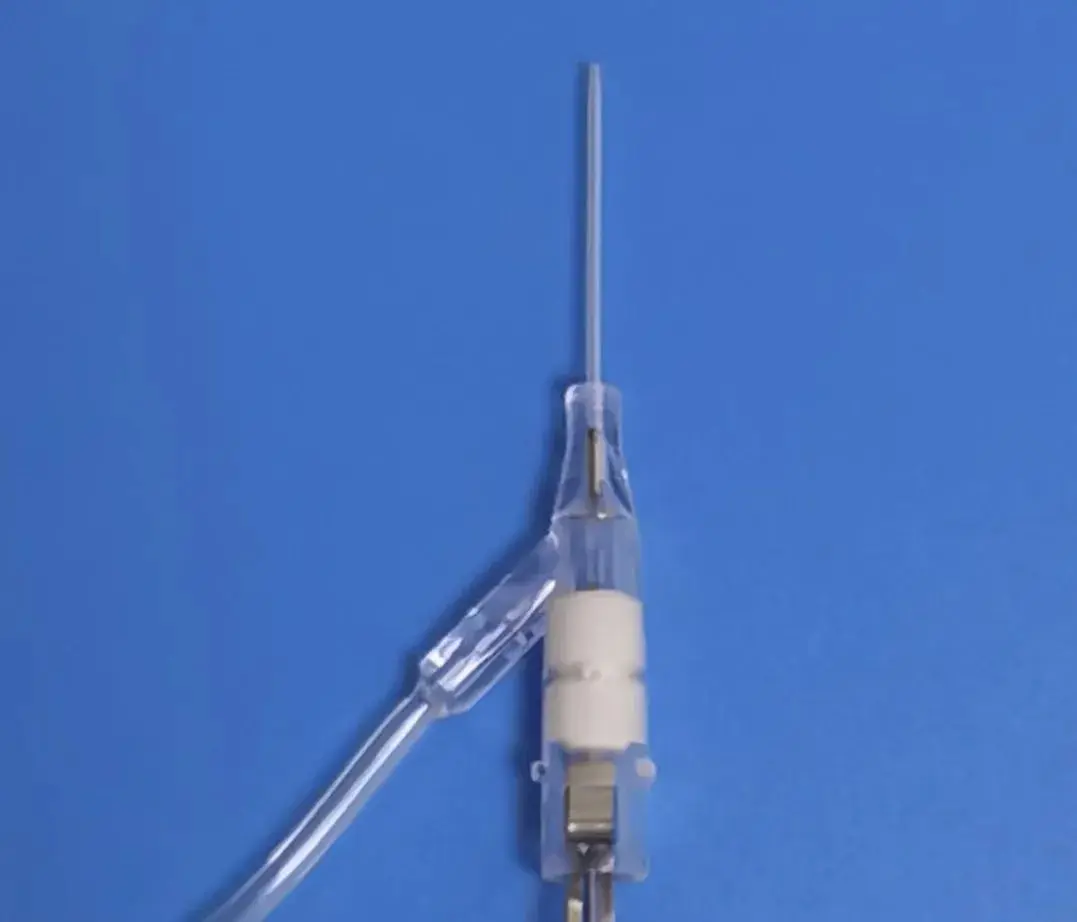 Single Use Intravenous Catheter Certification Test
Single Use Intravenous Catheter Certification Test
 Silicone Material Product Compliance Certification
Silicone Material Product Compliance Certification
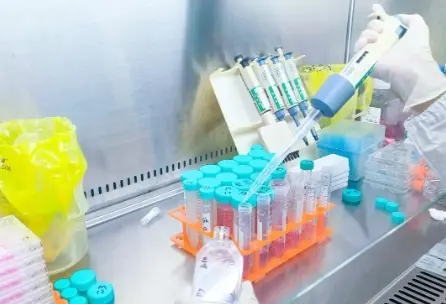 What to Do If Cytotoxicity Test Results Are Positi
What to Do If Cytotoxicity Test Results Are Positi
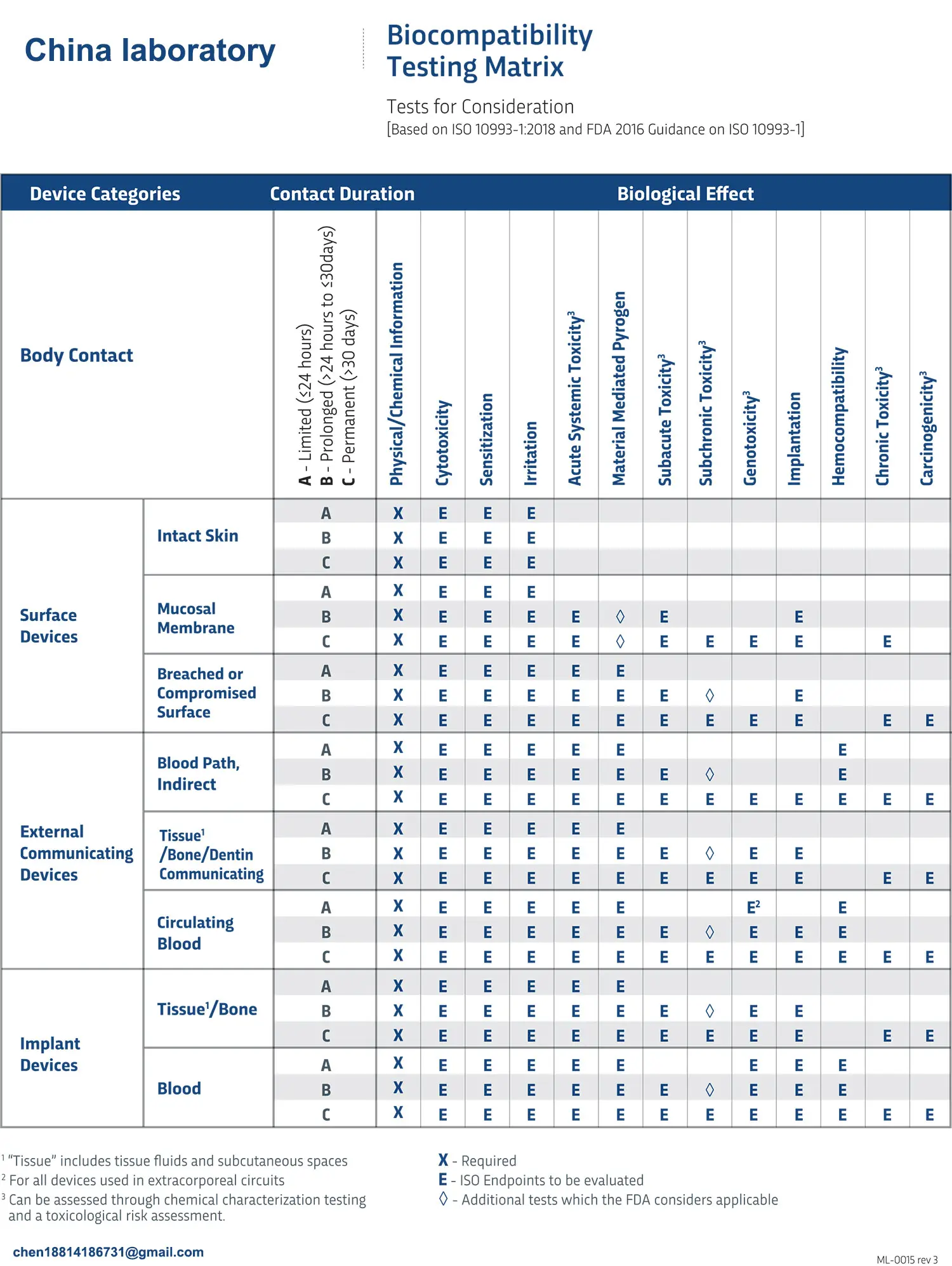 ISO 10993:5 Cytotoxicity Testing Methods
ISO 10993:5 Cytotoxicity Testing Methods
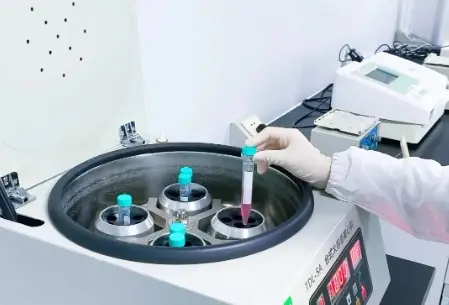 FDA ISO 10993-1 Biocompatibility Evaluation Guidel
FDA ISO 10993-1 Biocompatibility Evaluation Guidel
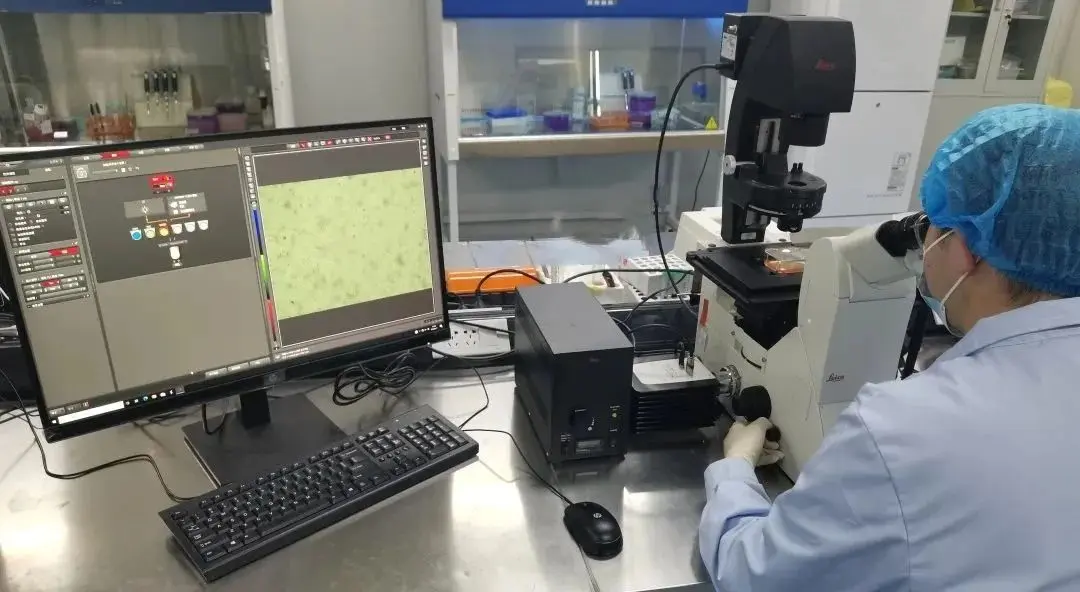 In Vitro Cytotoxicity Testing for Medical Devices
In Vitro Cytotoxicity Testing for Medical Devices
Leave us a message
24-hour online customer service at any time to respond, so that you worry!




